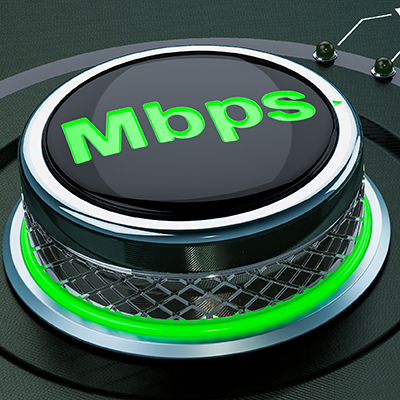
OC-768, a 39.813 Gbit/s SONET data channel, the fastest in current use OC-192, a 9.953 Gbit/s SONET data channel MW quality and ADPCM voice in telephony, doubling the capacity of a 30 chan link to 60 ch.ĬD audio (uncompressed, 16 bit samples × 44.1 kHz × 2 channels)ģ0 channels of telephone audio or a Video Tele-Conference at VHS quality Minimum achieved for encoding recognizable speech (using special-purpose speech codecs) SEA-ME-WE 4 submarine communications cable – 1.28 terabits per second Research suggests that the human retina transmits data to the brain at the rate of ca. Main article: List of interface bit rates QuantityĦ4 kbit/s in an ISDN B channel or best quality, uncompressed telephone line.Ģ4 channels of telephone in the US, or a good VTC T1.ġ0 7 bit/s is the speed of classic Ethernet: 10BASE2, 10BASE5, 10BASE-T Terabyte per second ( TB/s) (can be abbreviated as TBps) is a unit of data transfer rate equal to:

Gigabyte per second ( GB/s) (can be abbreviated as GBps) is a unit of data transfer rate equal to: Megabyte per second ( MB/s) (can be abbreviated as MBps) is a unit of data transfer rate equal to: Kilobyte per second ( kB/s) (can be abbreviated as kBps) is a unit of data transfer rate equal to: These units are often not used in the suggested ways see above section titled " variations". Terabit per second (symbol Tbit/s or Tb/s, sometimes abbreviated "Tbps") is a unit of data transfer rate equal to: Gigabit per second (symbol Gbit/s or Gb/s, often abbreviated "Gbps") is a unit of data transfer rate equal to: Megabit per second (symbol Mbit/s or Mb/s, often abbreviated "Mbps") is a unit of data transfer rate equal to: Kilobit per second (symbol kbit/s or kb/s, often abbreviated "kbps") is a unit of data transfer rate equal to: These units are often used in a manner inconsistent with the IEC standard. It also clarifies that the SI prefixes are used only to mean powers of 10 and never powers of 2. The name is derived from the first two letters of the original SI prefixes followed by bi (short for binary). This standard, approved in 1998, introduced the prefixes kibi-, mebi-, gibi-, tebi-, pebi-, and exbi- to be used in specifying binary multiples of a quantity. In 1999, the IEC published Amendment 2 to " IEC 60027-2: Letter symbols to be used in electrical technology – Part 2: Telecommunications and electronics". In the context of data rates, however, typically only decimal prefixes are used, and they have their standard SI interpretation. The letter K is often used as a non-standard abbreviation for 1,024, especially in "KB" to mean KiB, the kilobyte in its binary sense. The binary prefixes were introduced in 1998 by the International Electrotechnical Commission (IEC) and in IEEE 1541-2002 which was reaffirmed on 27 March 2008.
/connecting-through-technology-683402554-593af4115f9b58d58a574e20.jpg)
In both the SI and ISQ, the prefix k stands for kilo, meaning 1,000, while Ki is the symbol for the binary prefix kibi-, meaning 1,024.

The Institute of Electrical and Electronics Engineers (IEEE) uses the symbol b for bit.

The abbreviation bps is often used to mean bit/s, so that when a 1 Mbps connection is advertised, it usually means that the maximum achievable bandwidth is 1 Mbit/s (one million bits per second), which is 0.125 MB/s ( megabyte per second), or about 0.1192 MiB/s ( mebibyte per second). In the context of data-rate units, one byte consists of 8 bits, and is synonymous with the unit octet. The ISQ symbols for the bit and byte are bit and B, respectively.


 0 kommentar(er)
0 kommentar(er)
